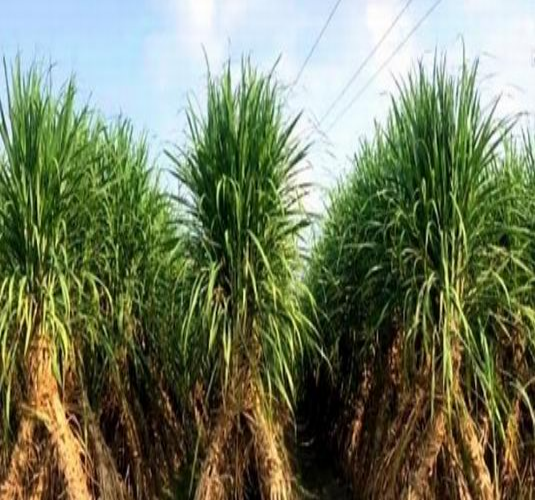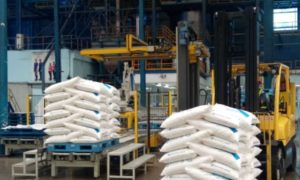Lok Sabha Elections Phase 3: Shifting winds? Why is traditional wave missing from sugarcane fields to potato farms in West UP?

In western Uttar Pradesh, a political shift is evident, departing from the past’s Modi-centric focus. TOI’s Atul Thakur notes local dynamics now influence voter sentiment. Ram Hari Pradhan from Khandauli supports S P Singh Baghel, emphasizing candidate over party. Concerns range from unemployment to local initiatives like Agniveer. Muslim votes lean towards INDIA, Jatav community divided. Mainstream media’s influence wanes, locals prioritize local issues. Despite traditional loyalties, diverse voices shape the political landscape.
In the heartland of Uttar Pradesh, where the Ganga flows peacefully by Anupshahr and the Yamuna is crossed near Chhaprauli, where sugarcane thrives in Baghpat and potatoes flourish in Khandauli near Agra, a noticeable shift is taking place in the political landscape. Unlike the resounding pro-Modi sentiment witnessed in the elections of 2014 and 2019, this time around, the fervent wave seems to have ebbed, particularly in western Uttar Pradesh, TOI’s Atul Thakur reported.
In previous elections, the overwhelming narrative revolved around Prime Minister Narendra Modi’s persona and national issues. However, in the current electoral cycle, local dynamics and individual candidates are regaining significance.
Expressing this sentiment, Ram Hari Pradhan from Parbatpur village near Khandauli, renowned for its potato cultivation, remarked, “I am voting for S P Singh Baghel (BJP candidate) and finally to BJP. This sentiment of voting for the candidate rather than the party is echoing across the region.
The sentiments are diverse, with concerns ranging from unemployment and inflation to local schemes like the Agniveer initiative. Ravindra Kumar Baghel from Ujari Jat village lamented the dwindling enthusiasm among youngsters due to the perceived neglect of issues like Army recruitment and vocational training.
Amidst these shifts, the Muslim vote seems to be gravitating towards the INDIA grouping, as observed by Chaman Usmani, a street vendor in Agra. The Jatav community, a significant demographic in the area, appears to be divided in its allegiance, with some members considering candidates from SP and BSP.
Historically, Agra has seen a political seesaw, with shifts in allegiance among different communities influencing election outcomes. Similarly, neighboring Hathras, a saffron stronghold, is witnessing nuanced shifts in voter sentiment, especially among the younger generation disillusioned with certain government policies.
Notably, the influence of mainstream media is waning, with local issues often overshadowed. Raj Deep Tomar, a local news platform owner, highlighted the fatigue among residents over repetitive coverage by mainstream channels, citing issues like inadequate drinking water supply that often go unreported.
Despite these shifts, traditional voting patterns persist in certain communities. Sanjeev Kumar from Bahanpur village expressed unwavering support for BJP, emphasizing the party’s enduring appeal among certain demographics.
The recent elections have seen a decline in voter turnout compared to previous years, indicative of a lack of a discernible wave. While poll statistics may not capture the complete narrative, the diverse voices and localized concerns emerging from western Uttar Pradesh signal a departure from the presidential-style elections of the past.
As the electoral saga unfolds, it becomes evident that local dynamics and candidate personas are shaping the political landscape in western Uttar Pradesh, overshadowing the once-dominant national narrative.
















